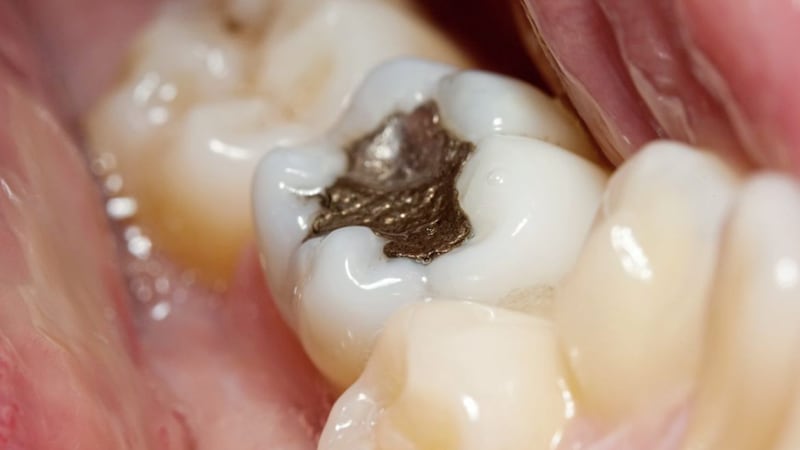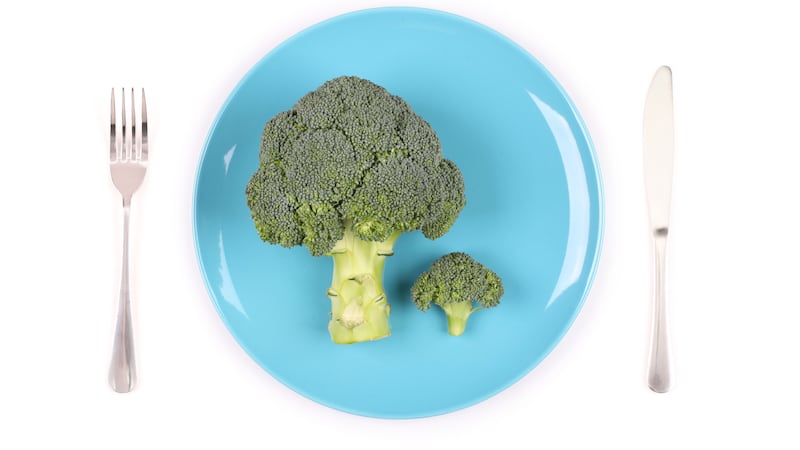METAL fillings have been placed in teeth as far back as the Tang dynasty in 659AD.
At that time, they contained tin and silver. Much later, in the 1800s, the French dentist Auguste Taveau decided to melt down some silver coins and add in some mercury which allowed the material to be more easily manipulated into the unique shapes of tooth cavities.
This amalgam concept was a hit with dentists as it was faster and simpler to place than the gold fillings that were traditional at the time.
Presently, in developed countries, there's a phasing out of amalgam fillings which are being replaced with composite white ones.
Increasingly patients are asking for the best ways to remove their silver fillings so as to reduce the absorption of filling particles into their body and there are a whole host of ways to achieve this.
After a tooth is numbed up, a rubber sheet can be placed around the tooth - this seals it off from the mouth, reducing the risk of swallowing particles.
Behind the sheet, a suction tube can be placed to keep the area as clean as possible.
When we drill out a silver filling, we try and remove it by breaking it up into large chunks that can then be sucked away with lots of water into high-speed suction tips that are super-close to the filling. This method is exceedingly efficient at keeping the mouth as clean as possible.
For even more protection, some dentists place face drapes, use air evacuation devices (picture a mini vacuum cleaner placed near the patient's head that sucks up vapours) and a nasal hood over the nose to seal the nose - all of these measures reduce inhalation or absorption through the skin of any lingering metal vapours.
What you don't see at the dentist is that each dental chair has a special amalgam filling trap that catches the fillings as they go down the suction tube, preventing them from being released into our water supply.
At the end of the filling removal procedure, patients have the additional option of rinsing with a slurry of charcoal or chlorella which will absorb any remaining filling particles in their mouth.








